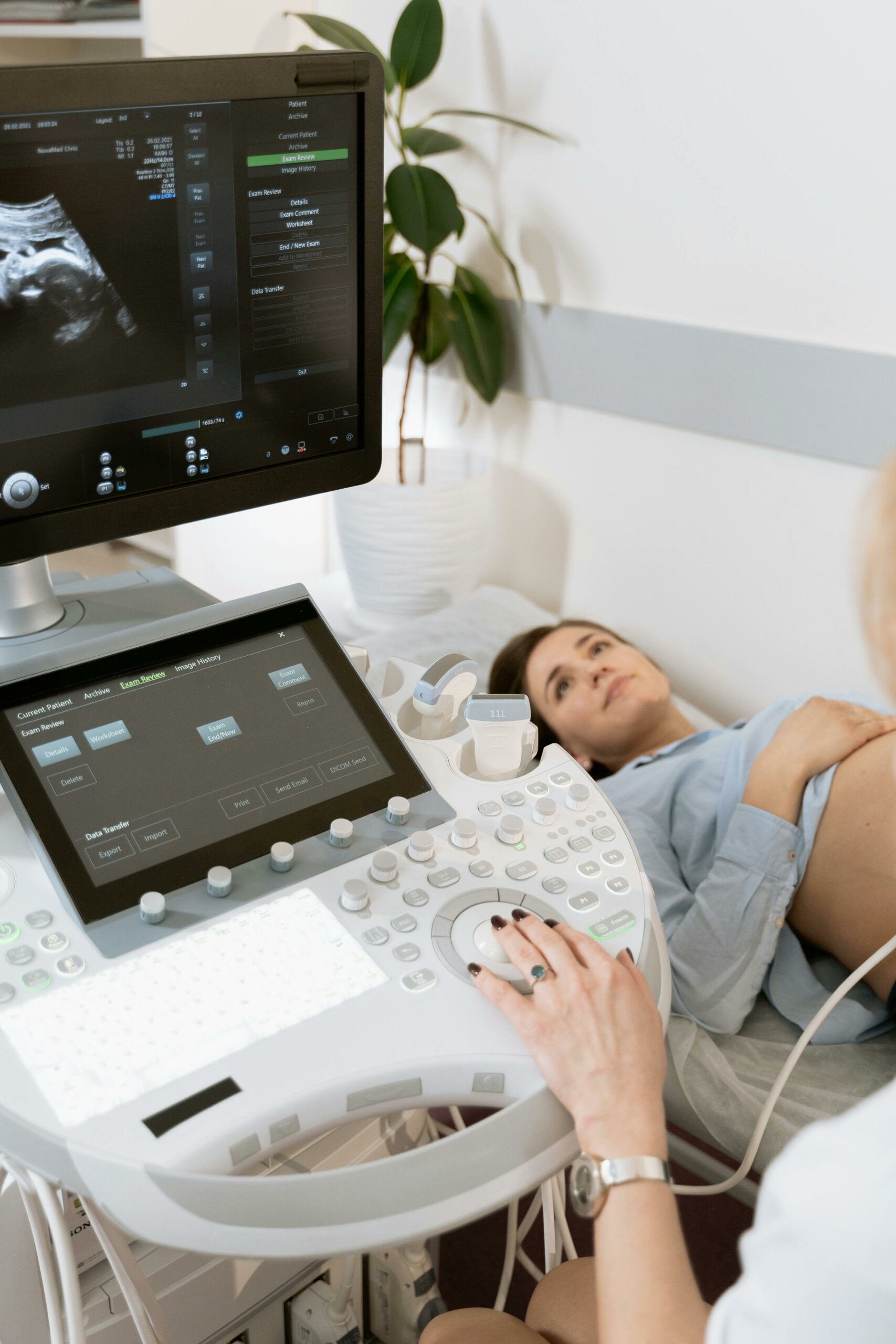Cervical dystonia (CD), also known as spasmodic torticollis, is a painful and challenging condition characterized by involuntary contractions of the neck muscles. This disorder can lead to abnormal postures and movements of the head and neck, causing functional disability and impacting the quality of life. CD is the most frequent form of focal dystonia, with varying symptoms among individuals, including tremor and muscle spasms.
Pregnancy and Cervical Dystonia: A Complex Interplay
Pregnancy introduces a dynamic change in a woman’s hormonal milieu, which can have a profound impact on pre-existing medical conditions, including cervical dystonia. During this time, hormonal fluctuations, particularly involving prolactin, estrogen, and progesterone, can lead to alterations in the severity of Dystonia symptoms.
The Role of Hormones in Cervical Dystonia Symptoms
- Prolactin and Dopamine: Prolactin levels are elevated during pregnancy and breastfeeding to facilitate lactation. This increase can suppress dopamine—a neurotransmitter that inhibits prolactin secretion and is crucial for motor function. Lower dopamine levels during breastfeeding may exacerbate CD symptoms.
- Estrogen: Estrogen has been shown to modulate dopamine activity, potentially enhancing its effects. This may partly explain symptom relief during the second trimester of pregnancy when estrogen levels stabilize.
- Progesterone: Progesterone has a more complex interaction with dopamine and is known to increase during pregnancy. Its sedative effects could potentially counteract estrogen’s enhancement of dopamine, possibly leading to worsening CD symptoms in the third trimester.
Treatment Considerations During Pregnancy
For many clinicians, botulinum toxin injections are the treatment of choice for their patients with dystonia, providing symptom relief by decreasing the overactivity of affected muscles. However, during pregnancy and lactation, clinicians must weigh the benefits against potential risks, as robust evidence is still missing for the safety of such treatments during these periods.
How to Manage Your CD Symptoms During Pregnancy and Improve Your Experience Through Labor: Practical Recommendations
Managing your cervical dystonia (CD) symptoms effectively during pregnancy, and ensuring a positive experience during labor, requires thoughtful strategies that don’t rely on medication. It’s crucial for a quality life during these months to incorporate these daily practices:
Stay Active: If walking is an option for you, make it a part of your daily routine. A walk each day can help loosen your back and overall body stiffness.
Stretch Regularly: Make it a point to stretch gently every day. It’s important to keep the Psoas muscle elongated, and your back and shoulders flexible.
Breathing Exercises: Practicing breathing exercises daily can make a significant difference. A flexible diaphragm can help minimize discomfort in the last trimester, alleviating pain during labour, and improve your sleep quality.
Take Time to Relax: Dealing with cervical dystonia and pregnancy can be overwhelming without proper rest. Ensuring you take time to unwind is crucial.
Regular Relaxation Massages: Scheduling regular massages, especially ones focused on relaxation and improving leg circulation, can be very beneficial. These massages are great for helping your nervous system relax.
Acupuncture: Consider acupuncture for managing some of your CD symptoms when medication is not an option. It can be a safe alternative during this time.
Watch Your Diet: Keeping an eye on your diet and maintaining a healthy weight can ease the challenges of pregnancy and help with CD symptoms.
Consult a Physical Therapist: Finding a physical therapist to assess and improve your hip mobility can be a game-changer, especially during labor. Keeping your hips free from spasms is vital.
By following these recommendations, you can manage your cervical dystonia symptoms during pregnancy more effectively, leading to a smoother pregnancy and labor experience.
Conclusion: A Tailored Approach to Management
Each woman’s experience with cervical dystonia during pregnancy is unique. Hormonal changes can both alleviate and exacerbate symptoms at different times. Understanding these hormonal effects is essential for providing individualized care. It is critical for healthcare providers to closely monitor and adjust treatment plans throughout pregnancy and the postpartum period to ensure the best outcomes for mother and child. Maintaining a balanced diet, ensuring adequate sleep, engaging in regular walking, and incorporating daily relaxation practices, breathing exercises, and consistent stretching can significantly enhance the experiences of pregnancy and labor for women affected by cervical dystonia.
Related Posts
The Intersection of Dystonia and Perimenopause: Insights and Management Strategies
Hormonal Influence on Cervical Dystonia: A Comprehensive Overview
Start your Recovery Journey Today
Join the complete online recovery program for dystonia patients.


